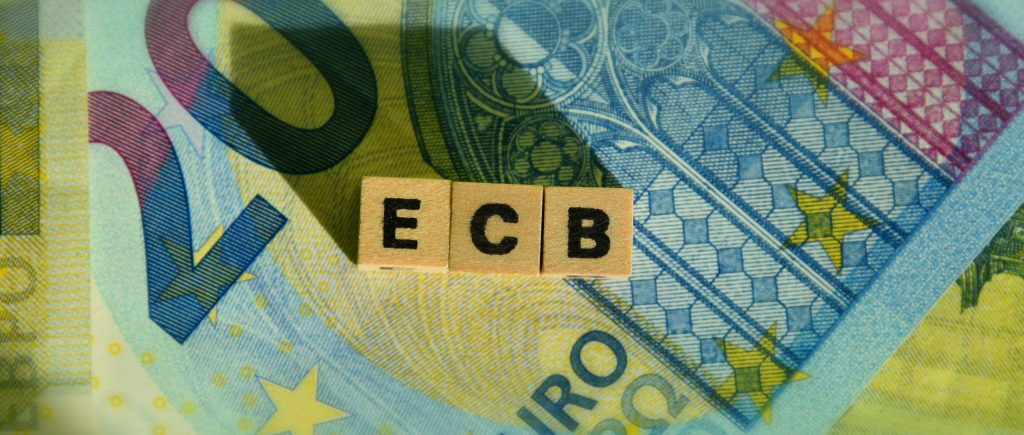As global trade uncertainties intensify, the European Central Bank (ECB) is gearing up to reduce interest rates for the third time in 2025, with a pivotal decision slated for Thursday, April 17, 2025. Market expectations are firmly set on a 25-basis-point cut, with a 94% probability, though a modest 6% chance lingers for a more aggressive 50-basis-point reduction. This anticipated move underscores the ECB’s proactive stance in addressing mounting economic challenges, particularly as tariff-related tensions threaten to disrupt the euro zone’s growth trajectory. With the region’s export-driven economies at risk, the ECB aims to inject stimulus to bolster demand and maintain stability in an increasingly volatile global environment.
The backdrop for this rate cut is a complex interplay of economic and geopolitical factors. Rising tariff tensions, particularly in the context of global trade disputes, have heightened concerns about their potential to derail the euro zone’s recovery. Countries like Germany, heavily reliant on exports, face significant risks from trade disruptions, which could dampen industrial output and consumer confidence. The ECB’s decision to ease monetary policy reflects a calculated effort to counteract these headwinds, providing businesses and households with cheaper borrowing opportunities to sustain economic activity. This follows a year of cautious adjustments, as the ECB balances the need for growth with the persistent challenge of managing inflation, which remains a lingering concern in some member states.
The EUR/USD currency pair, a key barometer of market sentimental, has displayed remarkable strength despite the looming rate cut. Last week, the pair surged to a three-year high, driven by bullish momentum that has left weekly charts in overbought territory. Buyers have staunchly defended the 1.1275 Fibonacci level, using it as a springboard for further gains. This resilience suggests that markets are pricing in the ECB’s actions while remaining optimistic about the euro’s broader outlook. However, the overbought conditions, coupled with potential resistance at the 1.1500 psychological level—a price not seen since early 2022—signal that volatility could be on the horizon.
The interplay between the ECB’s policy decisions and external factors, such as U.S. dollar dynamics, will be critical in shaping the pair’s trajectory.
Beyond the immediate rate decision, the ECB faces a delicate balancing act. While lower interest rates aim to stimulate growth, they also risk fueling inflationary pressures in an already uncertain environment. The central bank’s forward guidance will be closely scrutinized for clues about its long-term strategy, particularly as tariff developments remain fluid.
A prolonged trade conflict could exacerbate supply chain disruptions, further complicating the ECB’s efforts to stabilize prices while fostering growth. To mitigate these risks, the ECB has emphasized its commitment to data-driven policymaking, ensuring flexibility to adapt to evolving economic conditions.
The broader implications of the ECB’s actions extend beyond the euro zone. As one of the world’s major central banks, its decisions reverberate across global financial markets, influencing everything from currency valuations to investor sentiment.
The expected rate cut could provide a temporary boost to European equities, particularly in sectors sensitive to borrowing costs, such as manufacturing and real estate. However, the specter of trade wars looms large, with potential ripple effects on commodity prices and global growth. For now, the ECB’s focus remains on safeguarding the euro zone’s economic resilience, but the path ahead will require careful navigation of both domestic and international challenges.
As markets await the ECB’s announcement, attention will also turn to the accompanying statement and press conference, which could shed light on the bank’s assessment of tariff risks and its outlook for 2025. , and policymakers alike will be keen to gauge whether the ECB views this rate cut as part of a sustained easing cycle or a more cautious, one-off adjustment. With the eurozone at a critical juncture, the ECB’s ability to strike the right balance between stimulus and stability will be paramount in shaping the region’s economic future.

 Noor Trends News, Technical Analysis, Educational Tools and Recommendations
Noor Trends News, Technical Analysis, Educational Tools and Recommendations




